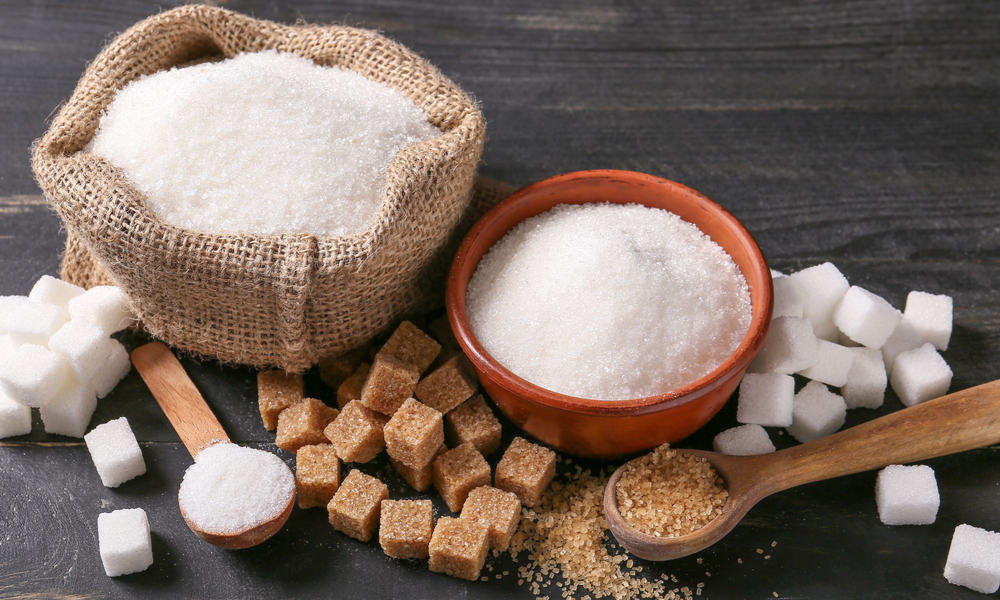
Basically, sugar can last indefinitely, but it primarily depends on its type and the way of storing it. Some of them can last for decades, while others clump, become harden, or lose the taste earlier. Let’s see how long does sugar last and does sugar go bad at some point.
Table of Contents
Does Sugar Go Bad?
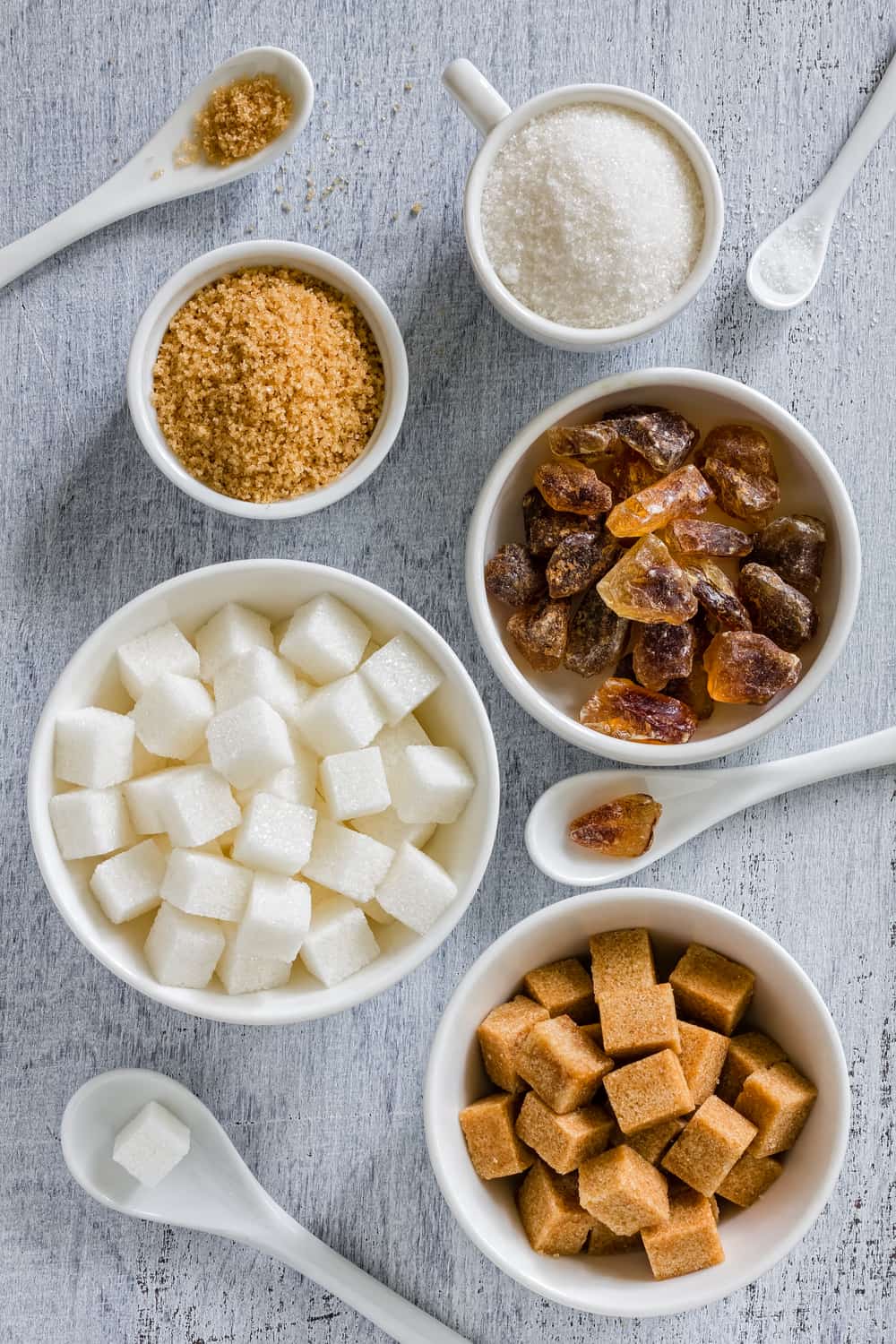
After storing white sugar in a dark and dry place, it will last for decades without significant changes in quality. Unfortunately, you can expect it to attract water molecules since it is a hygroscopic product.
It is not much likely, but microorganisms and insects may enter the packaging with water. As a result, moistened sugar and the one infested with mold or pantry bugs won’t be edible. Keep in mind that sugar is a preservative that kills bacteria when you add it to juices and jams through the process of osmosis.
On the other hand, brown and powdered sugars often change texture and appearance over time. It will directly depend on the storage conditions in your pantry.
How Long Does Sugar Last?
Granulated sugar
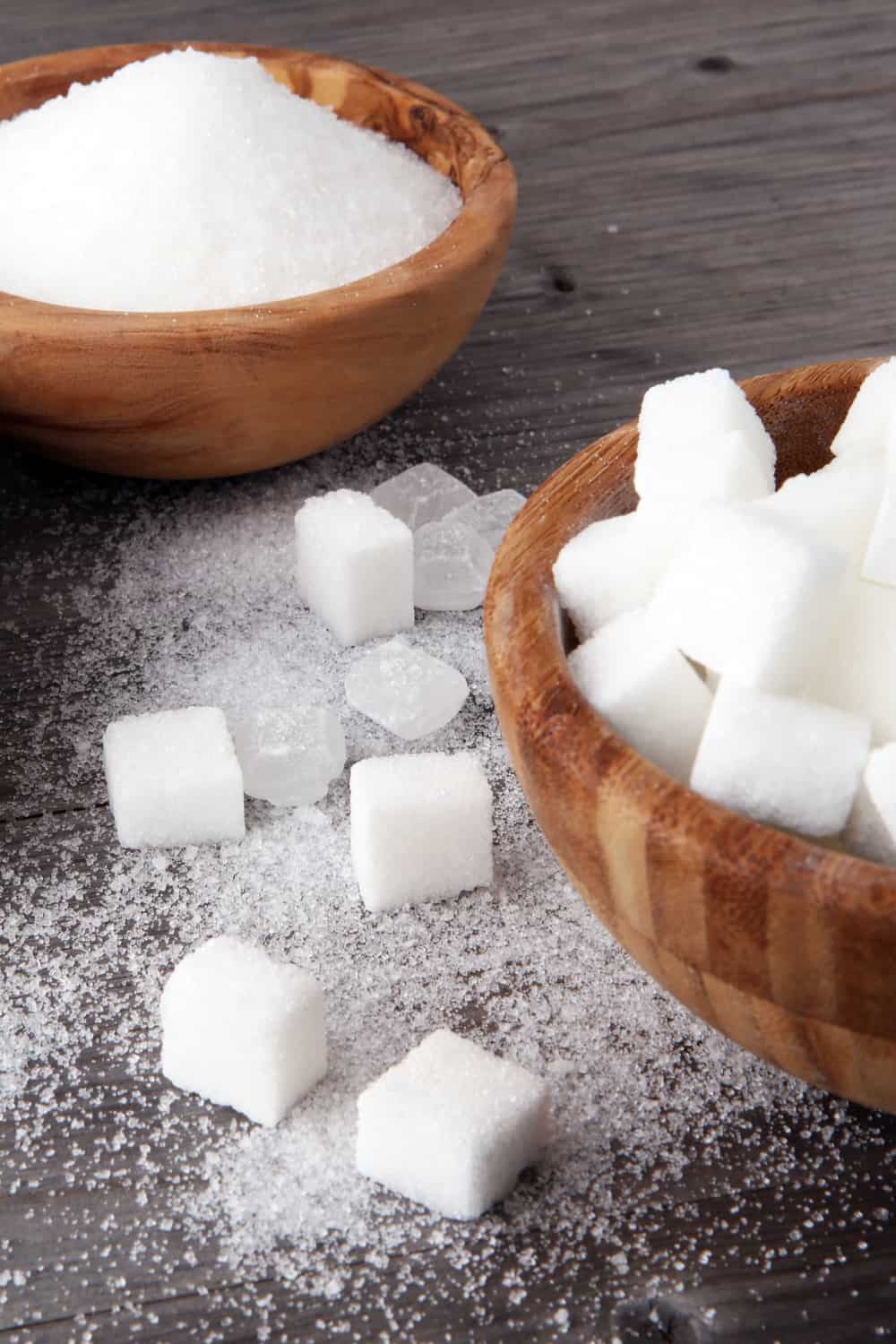
Unopened sugar can last forever, but you should use it within two years of opening to get the best quality. You will see printed best-by date on the label, but this product won’t go bad unless the pantry bugs or water get to it.
Sometimes, you will notice clumps inside the packaging, but they are harmless. It is the reaction to high moisture levels your sugar was exposed to. Break them or bring them out before using sugar, and everything will be just fine.
Brown sugar
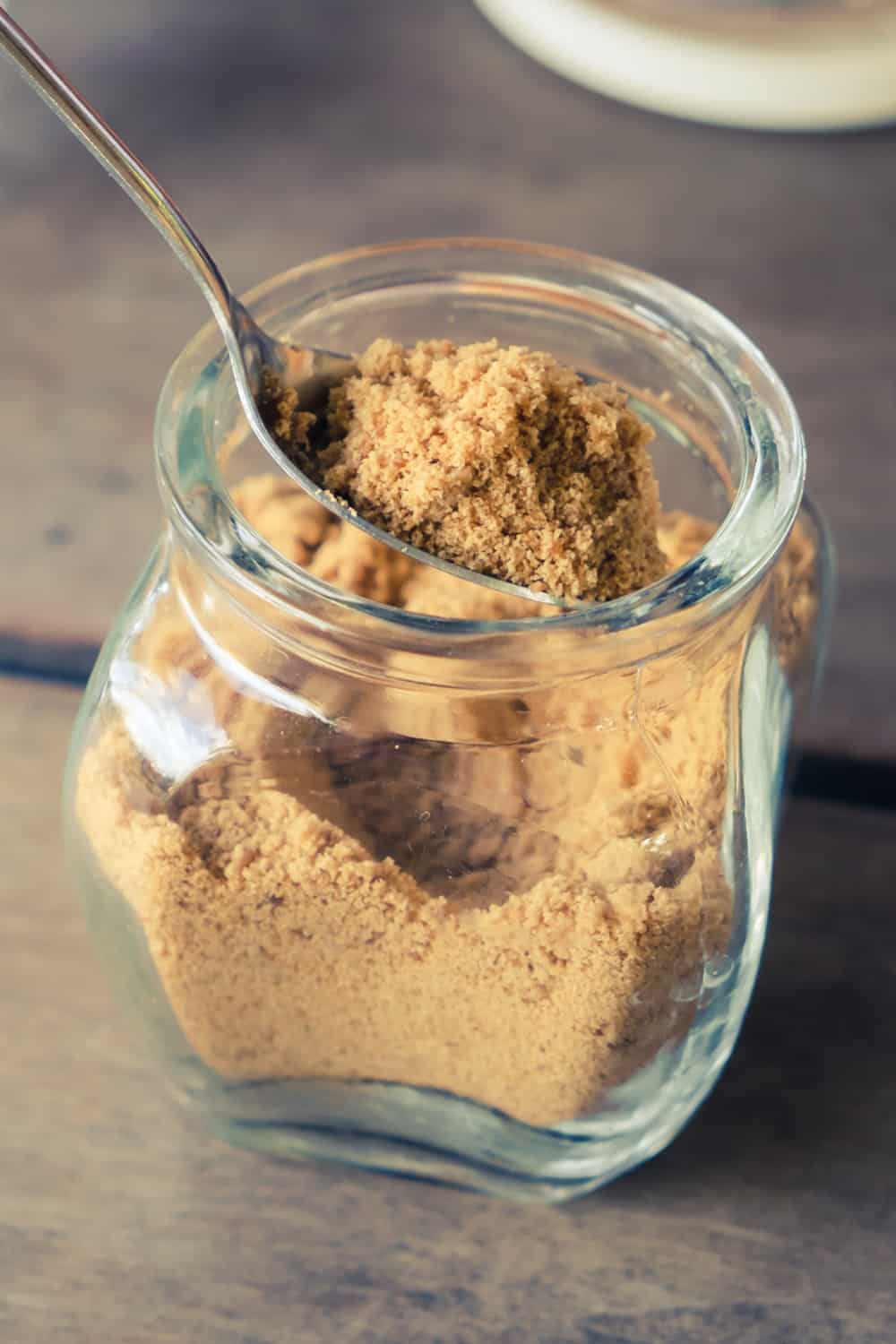
Even though brown sugar comes with a ‘best within two years’ printed on the label, it can last indefinitely. However, its quality can decrease over time. You can prevent some problems by storing the bag away from moisture, heat sources, and pantry pests.
Sugar expiration date |
|
|
Sugar (opened and unopened) |
Pantry |
| White (granulated) sugar |
Indefinitely |
|
White (cubes) |
Indefinitely |
| Brown sugar |
Best up to 2 years |
|
Raw sugar |
Indefinitely |
| Coconut sugar |
Indefinitely |
|
Beet sugar |
Indefinitely |
| Powdered sugar |
Up to 2 years |
|
Substitutes |
Indefinitely |
| Equal sugar |
Best up to 2 years |
|
Sweet n low |
Best up to 2 years |
Powdered sugar
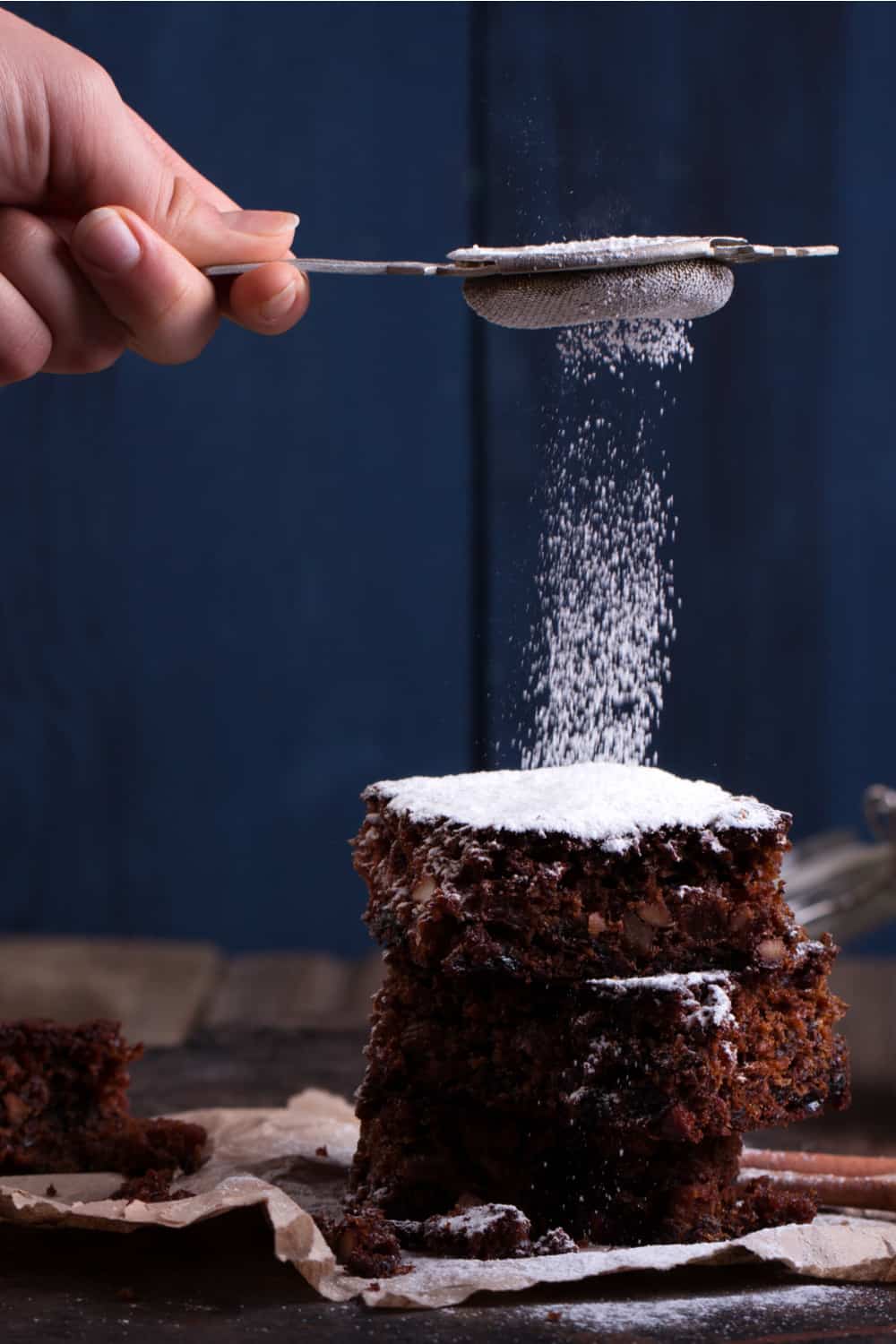
There is no limitation of powdered sugar use when you keep it safe in a dark and dry place. Manufacturers usually add a best-by date on the label and recommend using this product within two years.
However, it is unlikely that its quality will worsen after that period unless you leave it exposed to moisture. In such a case, you will notice small clumps in the packaging, but it is not too complicated to break them and keep using the product as usual.
Tips to Tell if Sugar Has Gone Bad
There are many conflicting opinions about whether sugar is harmful to human health. Imagine the dilemma about consuming spoiled sugar!
This ingredient won’t really expire, but it can go bad over time for a few reasons. Remember that not all sugar types react the same to the aging process. Let’s see.
Granulated Sugar
- Smell
Basically, sugar doesn’t smell. If you notice any odor, the probable reason is another food’s smell. Sometimes, sugar can absorb odors, which doesn’t make it spoiled.
However, it will transfer that smell to the dish you prepare and ruin it. So, the better option is to get rid of it.
- Texture
Sugars won’t turn rancid, but you can notice clumps inside the bag. Moisture-affected sugar will turn to small solid lumps over time you can effortlessly break up.
However, it can sometimes get hard and lumpy. There is no need to throw it away, but you can’t use it in such a condition either.
Chop lumps with a fork and in a coffee grinder, food processor, or mixer. A practical option is to put sugar in a plastic bag and break down clumps with a rolling pin.
In the end, you can put hardened sugar into a microwave container, sprinkle it with water, and zap it for a few minutes. After loosening, you can quickly break clumps up with a fork.
- Bugs
If you notice dead or alive bugs or their larvae and eggs in the sugar bag, you should consider that product inedible.
- Mold
It is not common, but you can see mold over the sugar surface, indicating that water and microorganisms have got into the packaging. Unfortunately, that is the sign you should throw the whole bag.
Powdered Sugar
- Texture
Powdered sugar becomes lumpy when moistened. In such a case, you should use it as soon as possible. Unfortunately, too much water will probably cause mold growth, making the product unusable.
- Taste
This sugar type will lose its taste or become stale after a while. Solve this problem by mixing it with some vanilla or buying a new bag.
Brown Sugar
- Texture
You can expect your brown sugar to turn into a hard lump over time. The reason is a molasses coat wrapping each sugar grain. You can shape this type as long as molasses stays moist. When it becomes exposed to air, the product will quickly become unusable.
In most cases, you can solve the problem by putting a few chunks of apple or bread slice into the sugar bag overnight to restore the moisture.
Sugar restoring
Sometimes, the sugar texture can change and become hard or lumpy, but it doesn’t mean you need to throw it away. The better option is to fix the problem or restore it.
For instance, you can use powdered sugar after sifting it through a fine-mesh strainer. On the other hand, the procedure with granulated sugar is a bit different.
Soften it again by placing it in the oven at 150 F (65.5 C) for about 15 minutes. Then, break up clumps with a fork. As for brown sugar, let is moisture for a while, and clumps will crumble.
Tips to Store Sugar
Properly stored sugar has an indefinite shelf life since it technically never spoils. To achieve that, you need to store your product adequately.
Granulated Sugar
- Pantry
Always store granulated sugar in a dry and cold place, away from moisture and heat sources. It will be enough to keep it indefinitely. However, you need to pay attention to storing an unopened product.
Once you open the packaging, the safest way is to pour sugar into a sealed or even airtight container. That way, you will protect it from water, pantry bugs, and other food’s odor.
Powdered Sugar
- Pantry
The best option is to store an unopened powdered sugar bag in a dry, cold place like a kitchen cabinet or pantry. Once you open the packaging, you shouldn’t let sugar in it since exposure to moisture can cause lumps.
Always pour sugar in a tightly sealed or airtight container to protect the product from bugs and water.
- Decorative container
This attractive solution will allow you to keep sugar on the countertop at your fingertips. Always place the container away from the heat source and strong odors.
Brown Sugar
- Pantry
You should keep brown sugar in a dry and cold place like a kitchen cabinet, cupboard, or pantry. Keep it away from heat sources like heaters or an oven and safe from water since sugar quickly absorbs moisture from the environment.
- Sugar container
If you often use brown sugar and want it at your fingertips, the best option is to buy an attractive sugar container. It will prevent bugs and odors from entering and destroying your product. Plus, such a container will look decorative in your kitchen.
Keep in mind that brown sugar loses moisture and starts hardening and clumping over time, so you should keep the necessary moisture levels. Make sure that sugar is tightly sealed after every use.
- Sugar saver
If you prefer eating brown sugar, you can effortlessly prevent it from hardening by adding lovely shaped sugar savers in the container. It is an excellent solution when you plan to store this product for a long.
The Risk of Consuming an Expired Sugar

Even though sugar is not the healthiest groceries you can consume, you can’t get sick after eating old sugar. Since it won’t go bad, you can use it for years without any limits.
In fact, sugar is an excellent preservative since it doesn’t support bacteria and fungi growth. Therefore, you can use it to preserve homemade jams and juices.
Can You Freeze Sugar?
In general, you can do that, but why would you? What is the point of such an idea since sugar can stay edible for decades stored in the pantry? Moreover, your sugar will absorb excess moisture from the freezer when you place it there in a paper bag or open packaging. Just don’t do it!
Summary
Sugar has a remarkable shelf life, but some types may crumble or become hard over time, mainly when they absorb too much water. The correctly stored product will last practically forever except when it comes to contact with pantry pests or mold. In such a case, you should get rid of it and buy a new bag.
Resources
- How Long Does Sugar Last in Your Pantry?
- When do sugar, flour, baking soda and other ingredients expire?
- 9 foods that will never expire
- Does Sugar Go Bad? [Shelf Life, Storage, and Expiration]
- Shelf Life of Sugar: Do Sugars Go Bad & How to Store Them